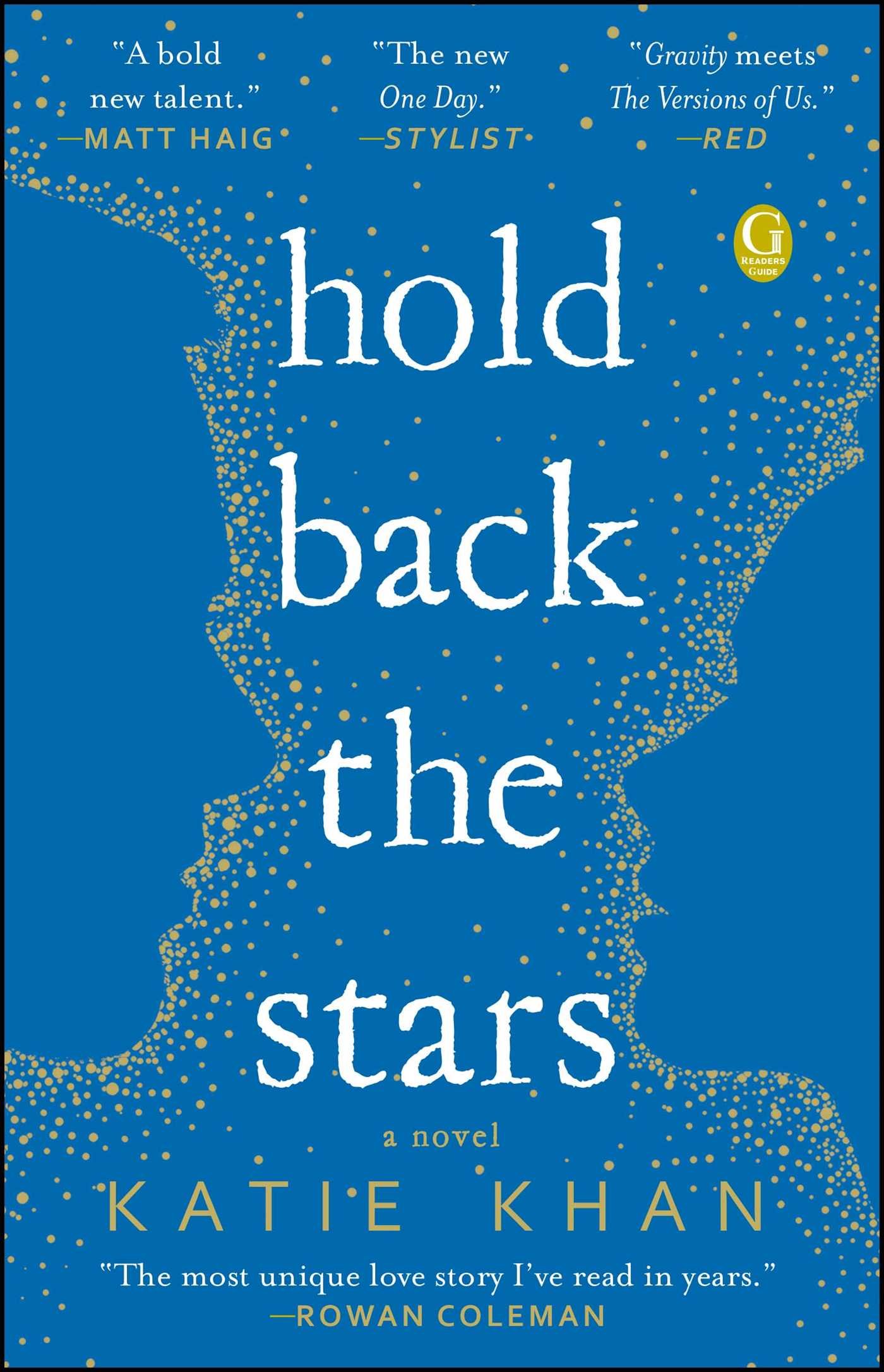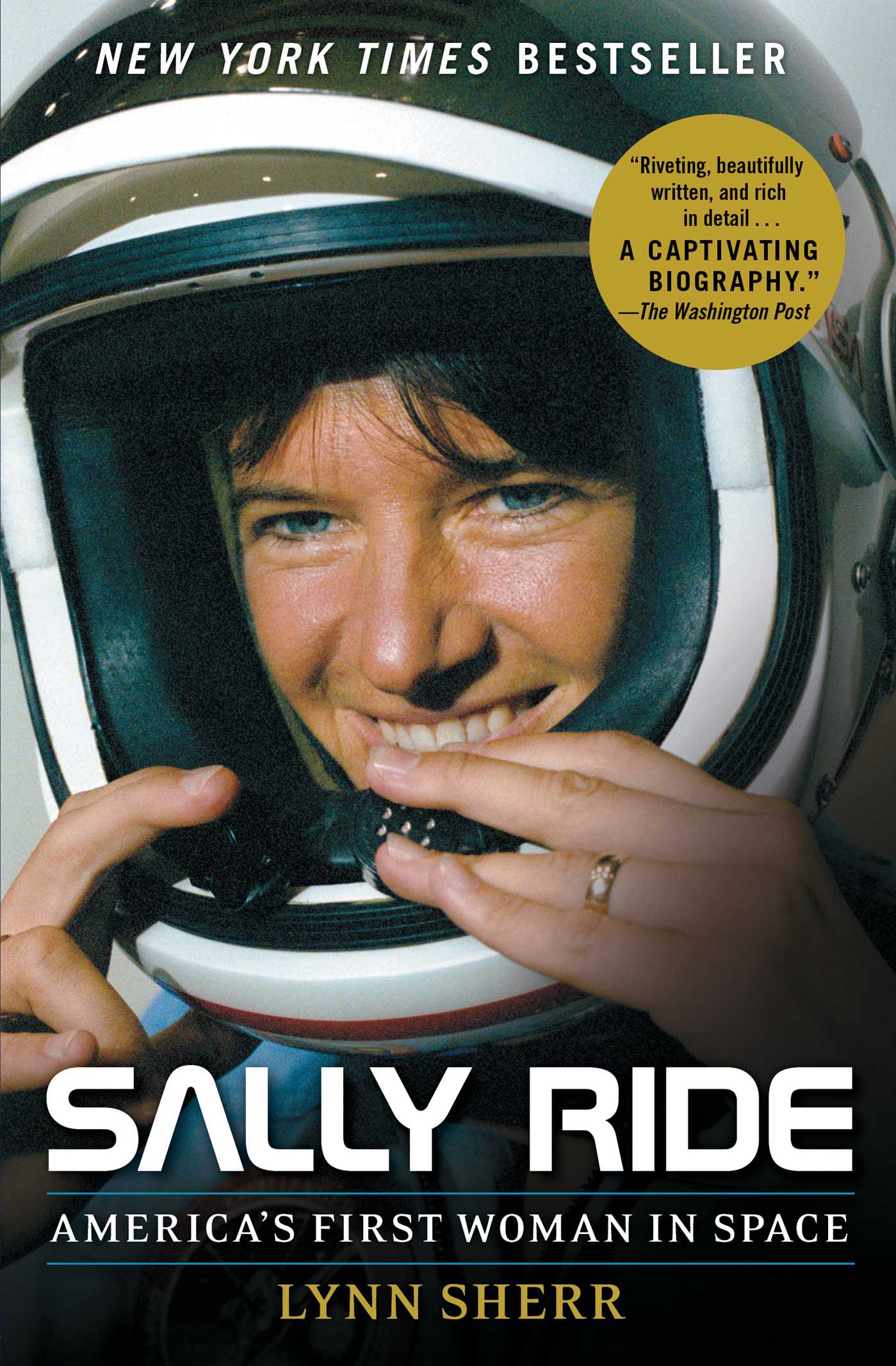On July 20, 1969, the world gathered around their televisions to watch what was once thought impossible. The Apollo Lunar Module Eagle, helmed by Neil Armstrong and Edwin “Buzz” Aldrin, touched down, and six hours later Armstrong became the first man to walk on the moon. In the following years, humanity’s fascination with space and space travel has only grown. We now receive regular updates from rovers on Mars (RIP “Oppy”), have an adorable photo of Pluto’s “heart,” and continue to dream of future trips to the moon. This year, celebrate the 50th anniversary of the Apollo 11 mission, which proved space travel could be more than a dream, by reading these seven incredible reads about the moon and space.

One Small Step: 7 Otherworldly Books About the Moon and Space
Of course, no space book list would be complete without a biography of the man himself: Neil Armstrong. While writing this book, Hansen conducted interviews with more than 125 subjects, including more than 50 hours with Armstrong, making this the most authoritative biography of Armstrong. From details of how he came to be the commander of the historic mission to one of the most detailed descriptions of the moon landing available, if you read only one book to celebrate the 50th anniversary, this should be the one.
Maybe you would rather celebrate with some awesome science fiction and dream of a day when humans have colonized the moon. This is the perfect book for you. Set in Artemis, the first and only city on the moon, the main character Jazz Bashara is a criminal just trying to make ends meet. But when the chance at committing the perfect crime—complete with a significant payout—arrives, Jazz finds herself twisted into a conspiracy for the control of Artemis itself.
Developed concurrently with the epic1968 film, this science fiction classic is a fascinating look at space travel through the eyes of a writer who had yet to see a man walk on the moon. Beginning with pre–Homo sapiens hominids inspired by an alien monolith to use tools for survival, the story then jumps to a future in which space travel is common and astronauts battle AI for their lives.
Carys and Max are trapped in space. Separated from their ship, they have 90 minutes of oxygen left and little hope for rescue. As they struggle to save themselves, they can’t help but remember their lives from the world below, where a utopian society called Europia forbids their love. If you enjoyed the film Gravity, then this romance set in the future should be your next read.
MENTIONED IN:
Anyone studying the Apollo missions might have a question: “Where were all the women?” Of course, incredible women of color, including Katherine Johnson and Mary Jackson, were doing crucial mathematical and engineering work on the ground, but it wasn’t until 1978 that NASA began allowing women to qualify as astronaut candidates. Sally Ride was member of that first class, and she went on to be the first American woman in space in 1983. This is her astonishing story, told with exclusive insights from her family and partner.
Sally Ride made history as the first American woman in space, breaking through a quarter century of white male fighter jocks when NASA chose her for the seventh shuttle mission. Written by the ABC reporter who covered NASA during its transformation from a test-pilot boys’ club to a more inclusive elite, Sally Ride is the definitive biography of the bold and talented woman who cracked the celestial ceiling and inspired several generations of women.
MENTIONED IN:
A deadly incident happens aboard a spaceship, and the crew loses contact with NASA. Everyone on board is thought dead, and the world moves forward. Except a decade later, one astronaut returns to earth. This gripping sci-fi adventure will keep you enthralled as you discover the mystery of what really happened to the astronauts and how one lone woman managed to survive.
In 1961, President John F. Kennedy announced that the United States would land a man on the moon by 1970. For the leader of a country that had exactly 15 minutes of spaceflight experience—thanks, Alan Shepard—it was a tall order, but due to the work of 400,000 scientists, engineers, and factory workers, the United States succeeded. Charles Fishman’s ONE GIANT LEAP celebrates all the men and women who made this feat possible, diving into the eight years between Kennedy’s announcement and Armstrong’s historic small step.














